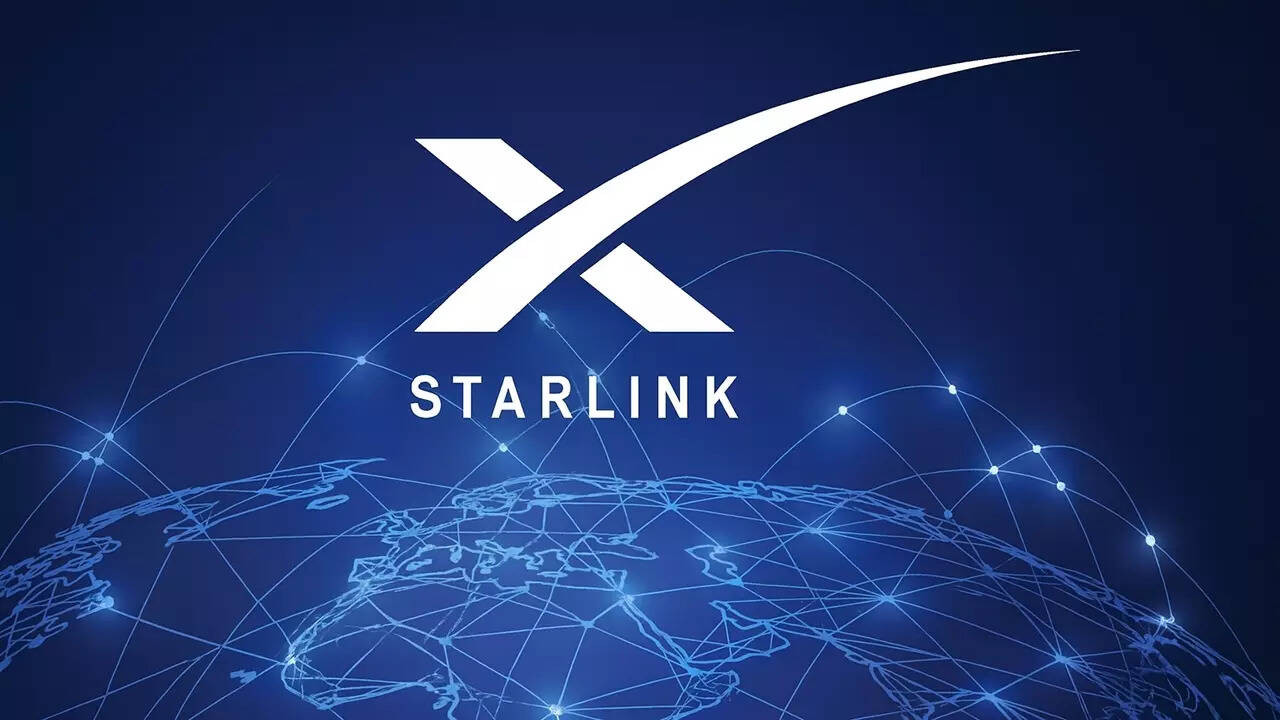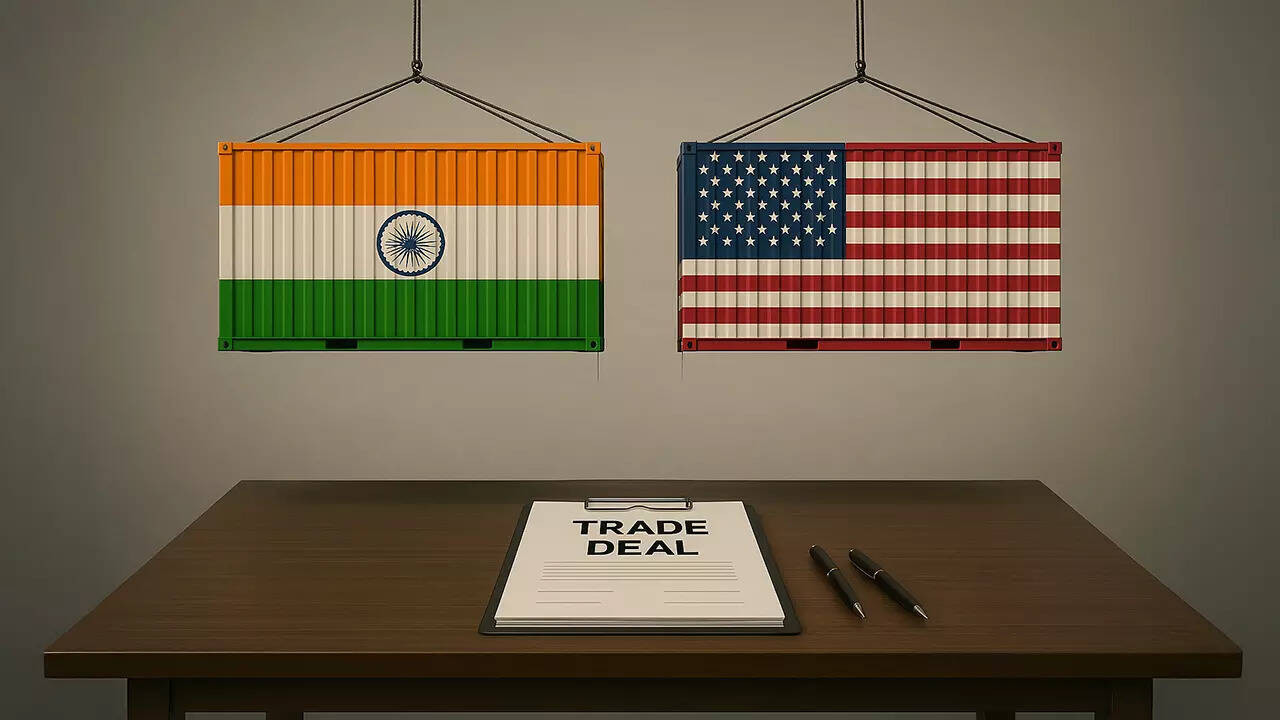Following three consecutive rate cuts, the Reserve Bank of India is expected to maintain the repo rate at 5.5 per cent in its upcoming monetary policy review. While inflation remains below the RBI’s target, experts believe the central bank may hold off on further easing to assess the full impact of earlier cuts, considering resilient growth.
The RBI’s Tightrope Walk: Balancing Growth and Stability
The air crackles with anticipation as India waits for the Reserve Bank of India (RBI) to reveal its next move in monetary policy. Will they adjust the repo rate? The murmurs suggest a hold is likely, but beneath the surface, a complex dance of economic factors is in play. It’s a high-stakes game of balance, where growth aspirations must be carefully weighed against the ever-present specter of inflation.
For the uninitiated, the repo rate is the interest rate at which the RBI lends money to commercial banks. It’s a powerful lever influencing borrowing costs throughout the economy. Lowering it typically encourages borrowing and spending, fueling growth. Raising it does the opposite, helping to keep inflation in check. So, what’s the RBI likely to do this time around?

Navigating the Growth-Inflation Dilemma
The Indian economy, like a spirited runner, is eager to pick up the pace. However, potential global slowdowns and domestic uncertainties cast a shadow, hinting at a need for caution. Recent data points toward a growth trajectory that, while positive, isn’t quite hitting the high notes of previous years.
On the other side of the coin, inflation, that persistent economic pressure, has been showing signs of moderation. While not entirely vanquished, it’s no longer the runaway train it once seemed. This provides some breathing room for the RBI, allowing them to consider the needs of the growth engine.
A Pause in Hikes: The Expected Scenario
The consensus leans towards the RBI maintaining the current repo rate. This isn’t a sign of complacency, but rather a calculated assessment of the current economic landscape. By holding steady, the RBI can provide a stable environment for businesses to invest and consumers to spend, without unnecessarily stoking inflationary fires. Think of it as giving the economy a chance to consolidate its gains before pushing for further acceleration.
External Pressures and the Global Stage
India doesn’t exist in a vacuum. Global economic headwinds, geopolitical tensions, and fluctuations in commodity prices all exert their influence. The RBI must factor these external pressures into its monetary policy decisions. A sudden surge in oil prices, for example, could quickly derail the current inflation outlook, forcing a reevaluation of the strategy.
Looking Ahead: The Path Forward for Monetary Policy
The future of monetary policy in India remains intricately linked to evolving global and domestic conditions. The RBI will likely adopt a data-driven approach, carefully monitoring key economic indicators and adjusting its stance as needed. We can expect continued vigilance on the inflation front, with a willingness to act decisively should prices begin to accelerate again. This proactive approach is vital for maintaining economic stability and investor confidence.
This balancing act requires not just careful analysis but also skillful communication. The RBI needs to effectively convey its intentions to the market, ensuring that businesses and consumers understand the rationale behind its decisions. Clarity and transparency are crucial for managing expectations and fostering a stable financial environment.
The RBI’s challenge isn’t just about numbers and models; it’s about understanding the human element – the hopes and fears of businesses, the spending habits of consumers, and the overall confidence in the Indian economy. It’s about striking the right balance to ensure a sustainable and prosperous future for all. It’s a complicated situation, and you can [read more about the last change in monetary policy here](internal-link).
In conclusion, while the expectation is for a steady hand on the repo rate this time around, the RBI’s long-term strategy hinges on a dynamic interplay of global factors, domestic performance, and a commitment to both growth and price stability. The coming months will undoubtedly reveal more about the direction of monetary policy and its impact on the Indian economy.







